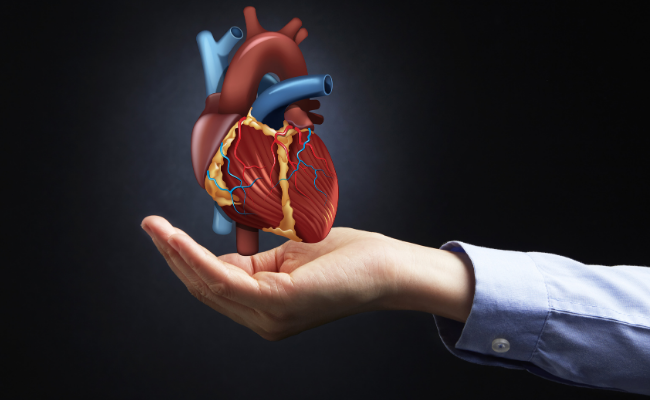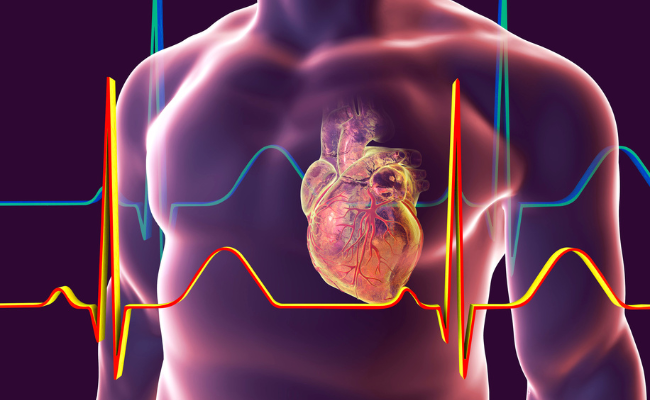How to Treat Av Junctional Re Entry Tachycardias?
- October 28, 2023
- No Comments
What is AV Junctional Reentry Tachycardia (AVNRT)?
AV Junctional Reentry Tachycardia, or AVNRT, is a type of supraventricular tachycardia (SVT) that affects the electrical pathways in the heart, leading to abnormal and rapid heartbeats. AVNRT occurs when there is a reentry circuit involving the atria and the atrioventricular (AV) node in the heart. This condition can result in uncomfortable palpitations and is typically benign but may require treatment.
Why Address AVNRT?
Symptom Relief: AVNRT can cause symptoms like palpitations, chest discomfort, dizziness, and even syncope (fainting). Addressing AVNRT is essential for symptom relief and improved quality of life.
- Preventing Complications: While AVNRT is generally not life-threatening, severe episodes can lead to complications such as heart failure or stroke. Treating AVNRT can help prevent these complications.
- Quality of Life: Frequent and distressing episodes of rapid heartbeats can significantly impact a person's daily life. Effective treatment can restore a sense of normalcy and well-being.
How to Manage AV Junctional Reentry Tachycardia?
- Diagnosis: Proper diagnosis is the first step in managing AVNRT. Doctors will use electrocardiograms (ECG or EKG) to record the heart's electrical activity during an episode and identify the specific heart rhythm.
- Vagal Maneuvers: Vagal maneuvers, such as the Valsalva maneuver or carotid sinus massage, can sometimes help terminate an AVNRT episode. These methods stimulate the vagus nerve, which can slow down the heart rate.
- Medication: If vagal maneuvers are ineffective or impractical, medications may be prescribed. AVNRT can often be controlled with anti-arrhythmic drugs, like adenosine or beta-blockers, to slow down the heart rate and restore a normal rhythm.
- Cardioversion: Electrical cardioversion is a procedure where an electric shock is used to reset the heart's rhythm. It can be effective for terminating AVNRT episodes, especially when medications do not work.
- Catheter Ablation: Catheter ablation is a highly effective treatment for AVNRT. During this minimally invasive procedure, a thin, flexible tube (catheter) is inserted into the heart to locate and ablate (destroy) the abnormal electrical pathway causing the tachycardia. Ablation has a high success rate and is considered a definitive treatment.
- Lifestyle Modifications: Avoiding triggers that may exacerbate AVNRT, such as caffeine, alcohol, and stress, can help manage the condition. Adopting a heart-healthy lifestyle, including regular exercise and a balanced diet, can also contribute to overall well-being.
Treatment Solutions for AVNRT :
- Medications: Medications are typically the initial treatment approach for AVNRT. Anti-arrhythmic drugs, like adenosine, verapamil, or beta-blockers, can help control heart rate and rhythm. These drugs are often prescribed to manage symptoms and prevent tachycardia episodes.
- Electrical Cardioversion: In cases where medications are ineffective or if the condition poses a more immediate threat, electrical cardioversion can be performed. This procedure involves administering a controlled electric shock to the heart to restore normal rhythm.
- Catheter Ablation: Catheter ablation is considered the gold standard for treating AVNRT. During the procedure, a catheter is guided to the site of the abnormal electrical pathway in the heart and then used to deliver energy to destroy the pathway. This curative approach has a high success rate and relatively low risk.
- Vagal Maneuvers: Vagal maneuvers, such as the Valsalva maneuver, carotid sinus massage, or cold water facial immersion, can sometimes be effective in terminating AVNRT episodes, although they are not always reliable.
Benefits of Treating AVNRT :
- Symptom Relief: Effective treatment can provide relief from uncomfortable symptoms like palpitations, dizziness, and chest discomfort.
- Preventing Complications: Treating AVNRT can help prevent potential complications, such as heart failure or stroke, which may result from prolonged episodes.
- Enhanced Quality of Life: Managing AVNRT allows individuals to lead a more normal and active life, free from the disruptions caused by frequent tachycardia episodes.
- Curative Potential: Catheter ablation offers the possibility of a cure, eliminating the need for ongoing medication or the risk of recurrent episodes.










.jpg)
Comments (0)
No comments yet